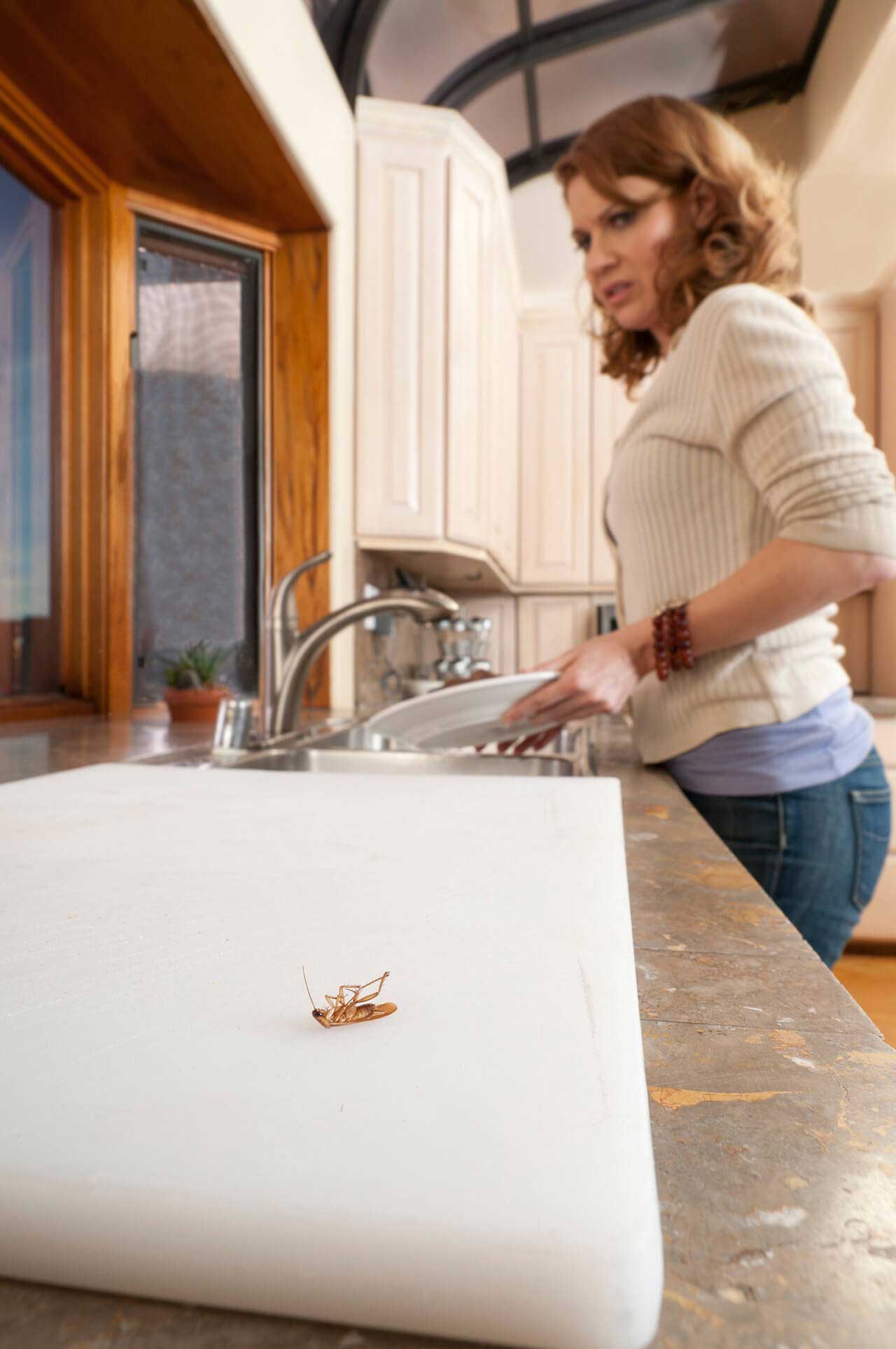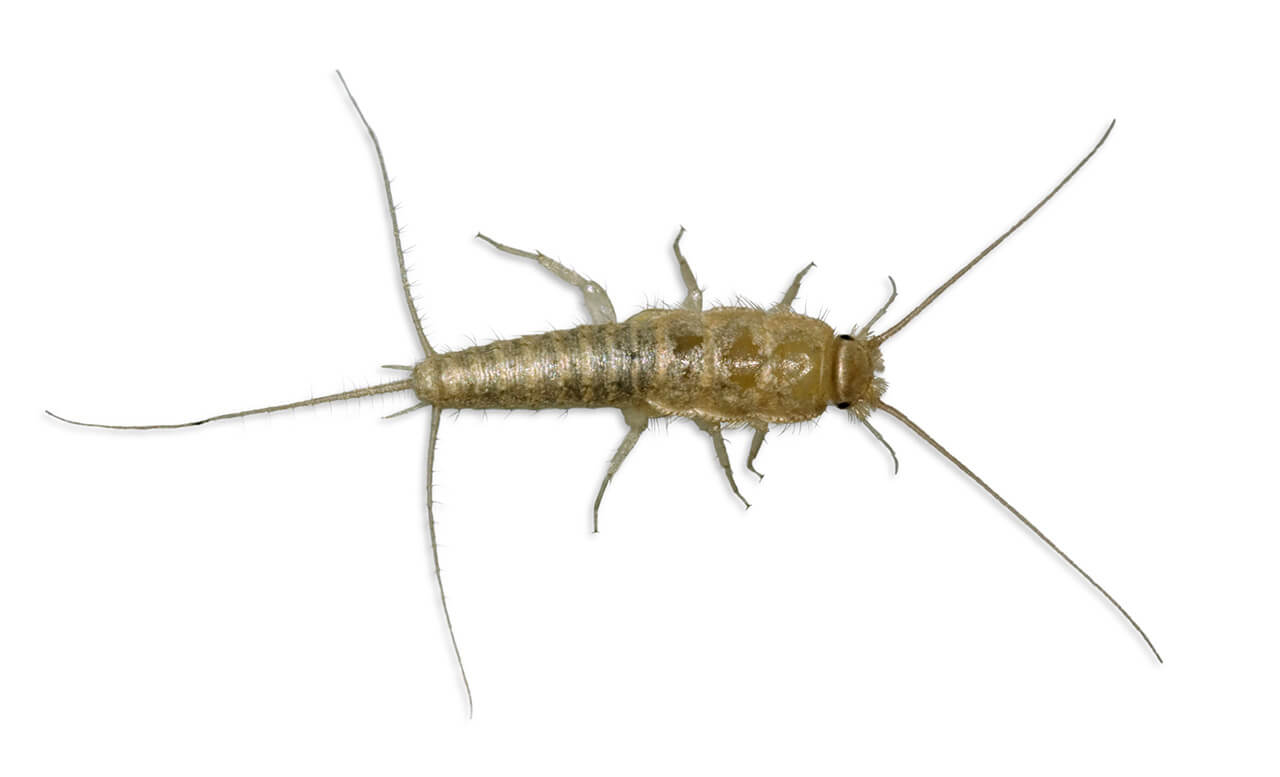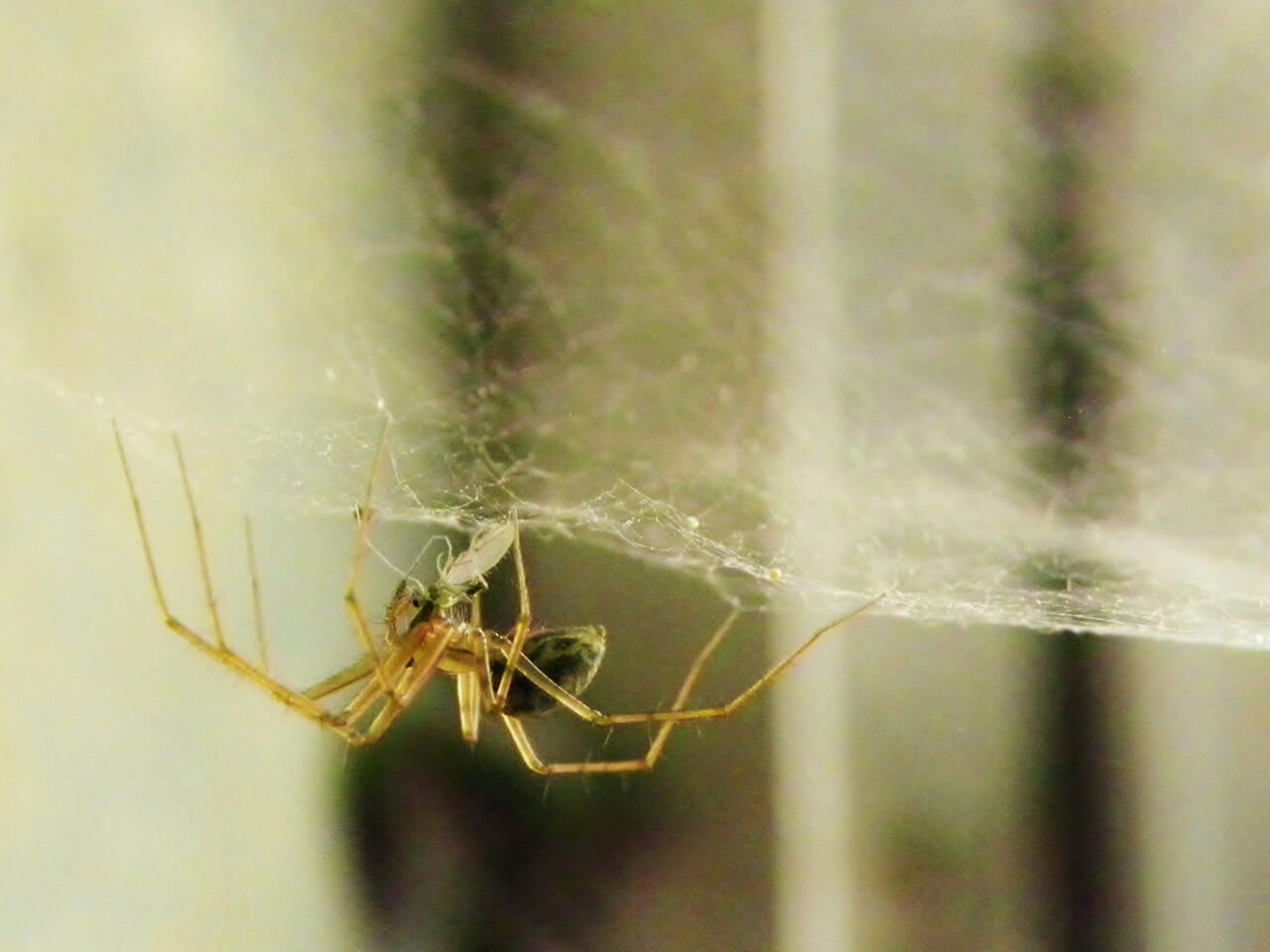Fall Home Pest Inspection: How and Where to Check Your House for Pesky Invaders
Insect pests are sneaky. They get into your house undetected, and aren't noticed until they've made themselves at home. Finding ants, silverfish and more unpleasant intruders, such as cockroaches, in your home is unsettling. But by taking the time to understand the habits of these and other invaders, you can control them and prevent infestation.
Here are the most common indoor pests, where to find them in your home and how to prevent them from infesting your home:
Ants
Closely related to bees and wasps,1 ants are social, foraging creatures that live in colonies consisting of at least one queen, a few males, and tens of thousands of sterile female workers.2 The queens mate with the males and are responsible for increasing the population of the colony. The worker ants defend the colony and gather food for the queen and other ants. More than 12,400 species of ants exist worldwide, yet just a handful of species are indoor pests.1 These troublemakers include Argentine, carpenter, Pharaoh, odorous and some species of pavement ants. Most ants enter your home only to collect food and then leave, although some ant species, including odorous and Argentine, establish colonies within buildings. These ants will take up residence in wall voids, crawlspaces and attic insulation.2 They may also create colonies in the soil of indoor potted plants.1
Signs of infestation: Ants travel in long lines, foraging trails marked by pheromones that lead to food and water. These pheromone trails, which ants create indoors and outdoors, result in vast ant highways with connected routes.3

Prevention/Remedy: Indoors, locate and eliminate sources of food and water. Clean kitchen spills quickly and keep counters, floors, sinks and the inside of drawers and cupboards free of crumbs. Promptly repair dripping faucets and leaking pipes. If you find an ant trail, remove the deposited pheromones by cleaning the area thoroughly with disinfectant.
Outdoors, remove leaf piles, dead wood and groundcover close to the house, as ants will colonize in and around each.4
Effective treatment for ants includes applying a barrier around the home of Amdro Ant Killer for Outdoor Home Perimeter granules or Amdro Ant Killer Bait Stakes. Inside the home, place Amdro Ant Killer Bait Stations in cabinets and behind appliances.
COCKROACHES
Cockroaches are particularly unpleasant pests, and for good reason: they pose a health threat. These pests can spread pathogens, such as Salmonella and E. coli, and their saliva, skin castings and feces can cause allergic reactions in individuals who suffer from asthma and allergies.5
Cockroaches are nocturnal, generally hiding during the day and becoming active at night.5 They are especially hardy pests that can live without food for a month or more, and without water for a week. Cockroaches can even live a week or more after being decapitated.6 Cockroaches are scavengers that eat almost any kind of food and some non-food items, including bar soap and leather. There are 4,500 cockroach species in the world,6 but only a few, including the American, Oriental and German cockroach, tend to enter homes.5

Signs of infestation: Even if you see just one cockroach in your home, there's a good chance you have an infestation. The roaches you see represent a small percentage of those living in walls, under floorboards and in-between box flaps. Cockroaches favor tight, narrow spaces where surfaces touch them on both sides. They can often be found in cupboards and around and under sinks, refrigerators and stoves.5
Prevention/Remedy: Prevent infestation by repairing leaking faucets and pipes promptly. Never leave food out overnight, wash your dishes immediately after using them, and keep counters, tables and floors clean. Use trashcans with sealed lids and avoid storing boxes and bags. Prevent entry into the home by caulking openings around door and window molding. Eliminate the roaches you see by placing commercial bait stations that contain an attractant and insecticide along baseboards and under furniture.7 Outdoors, stop cockroaches before they get inside with Amdro Quick Kill Insect Killer for Lawn & Landscape Ready To Spray.
CRICKETS
Crickets might not seem all that bad until their chirping keeps you up at night. Chirping is a result of adult male crickets rubbing their wings together to attract female mates. Relatives of the grasshopper, crickets have long back legs for jumping, and are most likely to seek shelter indoors when it's cold outside. Some cricket species breed indoors, but most do so outdoors. Crickets eat any type of food, as well as dead or dying insects, including other crickets. They also feed on fabric and fur items.8

Male crickets chirp to attract female crickets for mating.
Signs of infestation: Crickets make their presence known by chirping. You might also find their fecal droppings in the form of small, black pellets.
Prevention/Remedy: Crickets are opportunistic and will enter your home if there is ready access. Keep the interior of your home clean and free of food crumbs, and repair and caulk entry points around doors and ground-level windows. Placing bait stations in your home will help eliminate these insects indoors.8 Outdoors, crickets tend to breed in weeds and wood piles, so remove vegetation and dead wood from the perimeter of your home. To control crickets outdoors, apply Amdro Quick Kill Insect Killer for Lawn & Landscape Ready To Spray.
SILVERFISH
Silverfish tend go unnoticed, until you find them hiding in grains and pasta in your kitchen or notice holes in fabrics and paper materials. Silverfish move quickly, and their flat bodies enable them to hide in narrow spaces, including between the pages of books and magazines. They are also fond of attics and closets. Unlike many insects, silverfish have a long life span, surviving for up to two to three years.9
Signs of infestation: Silverfish leave small bite marks on paper items and fabric. A telltale sign of silverfish infestation is the presence of their fecal matter, which resembles black pepper grains.

Prevention/Remedy: Silverfish are attracted to wet and humid locations in your home, so fix dripping faucets and use a dehumidifier in damp areas, such as a basement. Keep grains and pastas in sealed containers and avoid storing magazines, newspapers and paper bags. Vacuum regularly and caulk around windows and doors. To avoid a silverfish invasion in your home, apply Amdro Quick Kill Insect Killer for Lawn & Landscape Ready To Spray around the perimeter of your home.
Spiders
Though often feared, spiders are, for the most part, beneficial, because they trap and feed on a variety of insect pests. Spiders are not insects. They are arachnids, with eight legs and no wings or antennae. Many spiders live about a year, but tarantulas can live a decade or more.10 Most spiders aren't harmful,11 although black widow spiders and brown recluse spiders are venomous and therefore dangerous. A spider bite can cause a variety of symptoms, including pain, itching, blistering, rash, difficulty breathing, fever and vomiting. Death from a black widow or brown recluse bite is possible, but very rare.12
Signs of infestation: Webs are sure signs that spiders are inside your home. You might also find spider eggsacs, which are small, round and cottonlike. Eggsacs are often found near cobwebs.10

Prevention/Remedy: Look for spiders in dry, dusty and cluttered areas, such as the attic and garage. Reduce spider populations by cleaning up often and removing spider webs and eggsacs promptly. Prevent entry by caulking cracks and crevices around windows and doors, and by applying Amdro Quick Kill Ant & Spider Killer granules around the perimeter of your home. These granules will control spiders outside the home for up to two months, working to help reduce the spider population inside.
Amdro; Amdro Quick Kill; Ant Block and Kills Ants are trademarks of Central Garden & Pet Company.
Resources:
1. M. K. Rust, and D. H. Choe, "Ants," UC IPM, Statewide Integrated Pest Management Program, October 2012.
2. Patricia Alder and Michael Waldvogel, "A Guide to House-Invading Ants and Their Control," Department of Entomology, North Carolina Cooperative Extension, May 2007.
3. Simon, "Pheromone Trail Networks in Ants," Collective Animal Behavior, Princeton University, September 22, 2009.
4. W.S. Cranshaw, "Ants in the Home," Colorado State University Extension, January 2009.
5. Jeff Hahn and Mark E. Ascerno, "Cockroaches," University of Minnesota Extension, 2015.
6. Dr. Coby Schal, "Cockroaches: Fact or Fiction?" North Carolona State University, August 2011.
7. F.B. Peairs, "Cockroaches," Colorado State University Extension, June 2012.
8. Richard Houseman, "House-Invading Crickets," University of Missouri Extension, May 2010.
9. Steve Jacobs, "Bristletails (Silverfish and Firebrats)," Penn State College of Agricultural Sciences, January 2013.
10. F.B. Peairs, et al., "Spiders in the Home," Colorado State University Extension, September 2013.
11. R. S. Vetter, "Spiders," UC IPM, Statewide Integrated Pest Management Program, November 2007.
12."Venomous Spiders," Centers for Disease Control and Prevention, July 30, 2015.




